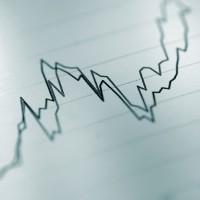Structural changes in time series
ASA scientists focused on long-term socio-ecological transitions from the agrarian to the industrial metabolic regime and identify structural breaks in energy use in the second half of the 20th century [1].
A stabilization of per capita energy and resource use in most high-income countries was reached in the early 1970s after a period of accelerated growth of resource use since the end of World War II. Most empirical turns in trend coincide with the oil price crises of 1973 and 1979. This stabilization could offer lessons for a future sustainability transition.
References
[1] Wiedenhofer D, Rovenskaya E, Haas W, Pallua I, Fischer-Kowalski M (2013). Is there a 1970s syndrome? Analyzing Structural Breaks in the Metabolism of Industrial Economies, In: M. Kühn, C. Juhlin, H. Held, V. Bruckman, T. Tambach and T. Kempka (Eds.). Energy Procedia, European Geosciences Union General Assembly 2013, EGUDivision Energy, Resources & the Environment, ERE, 40, 182–191.
Collaborators
ASA’s main collaborators in the field of structural changes in time series include U. Dieckmann, EEP Program Director, IIASA; M. Fischer-Kowalski, Professor, Institute for Social Ecology, Austria.
Research program



